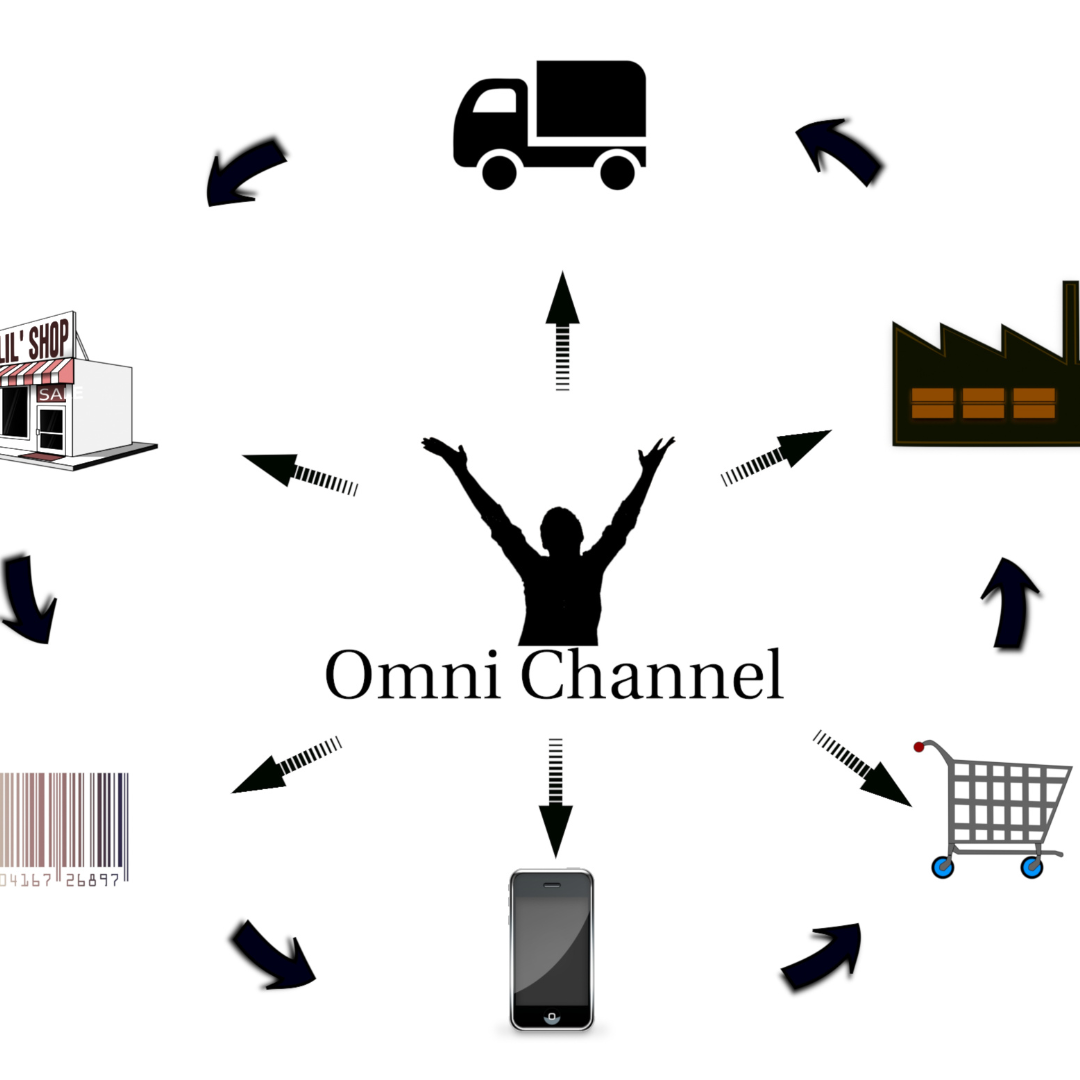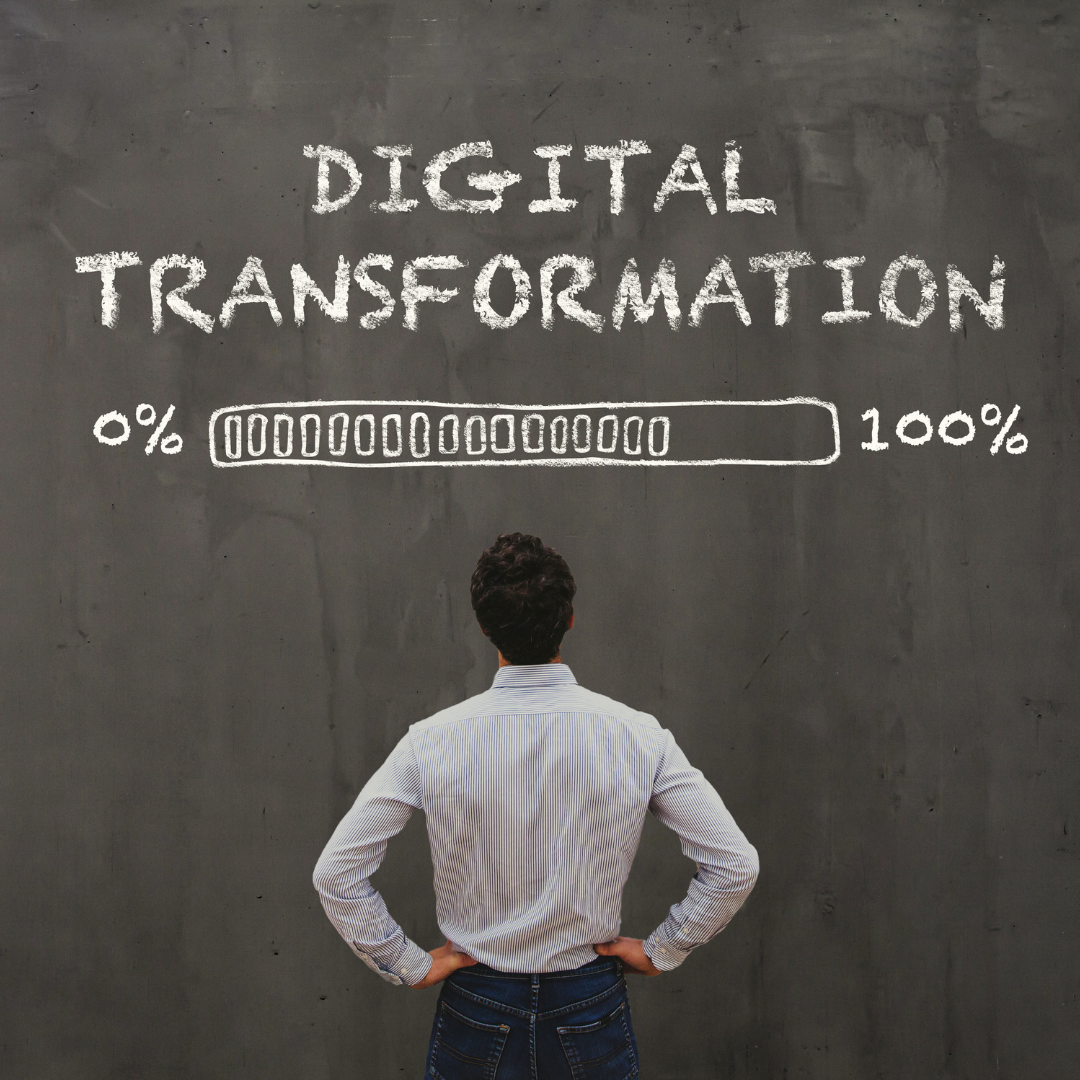Years ago, digital marketing was simpler. One had a website, and one would try to drive traffic to the site by posting articles on social media and promoting content through emails. That was it, one side of the coin, drive traffic and sell a product or service.
But today’s digital consumers demand more from brands and companies–and sometimes more than one type at a time!
What is Omnichannel Marketing?
Omnichannel marketing is a customer service model that allows customers to interact with a company’s offerings through multiple channels, such as the internet, phone, and in-store. This enables companies to customize their services for their customers and improve the customer experience by providing seamless transitions between different channels.
Omnichannel digital marketing is changing how businesses connect with their customers and how they deliver their message. Today’s consumers are accustomed to interacting with companies through various touchpoints, so businesses must provide an omnichannel experience if they want to keep up.
By providing an immersive experience that incorporates all possible channels, companies can reach customers wherever they are and engage them in the most appropriate ways. For example, a business might use omnichannel marketing to send out promotional material tailored explicitly for email subscribers or social media followers.
Businesses can create a more meaningful connection with their customers by using multiple channels in concert. This means that customers can find what they’re looking for faster and easier access to helpful information and support.
And because the customer journey is no longer confined to one channel-or even one interaction-companies can see increased loyalty and engagement from their customers overall. Omnichannel marketing is quickly becoming the norm in business circles. It provides many benefits that outweigh traditional customer service methods.
That being said, it can be difficult for businesses to seamlessly navigate omnichannel marketing channels without the right kind of talent in charge. To improve the customer experience and manage such strategies, businesses can consider partnering with reputable CX consultants who are skilled in developing and implementing comprehensive omnichannel marketing strategies. These consultants can help businesses integrate various digital and physical touchpoints to ensure a cohesive and engaging customer experience.
Benefits of Omnichannel Marketing
One significant benefit of using an omnichannel marketing strategy is that it allows us to reach more customers than traditional marketing methods. The Omnichannel strategy will enable us to connect with customers through various channels, including web, mobile, social media, and retail stores. This makes it more likely that customers will find our product or service attractive.
Another benefit of using an omnichannel marketing strategy is saving time and money. Instead of creating separate campaigns for each channel, we can use one platform to manage all our outreach efforts. This can save us both time and money in the long run.
Challenges Associated With Omnichannel Marketing
Not all customers are comfortable using multiple channels simultaneously. If our product or service requires users to make many changes in their online behavior (for example, if we offer a video streaming service), they might be reluctant to do so on different platforms.
Additionally, integrating various channels can be difficult – especially if they’re not part of our company’s core operations. To facilitate this, a company can reach out to an Integrated Marketing Firm that specializes in the latest marketing techniques. For our company’s efforts to be successful, there should be a balance of all marketing strategies and the effort that accompanies them.
Omnichannel Strategies and Techniques
There are a variety of omnichannel digital marketing strategies that businesses can employ to reach their target audience. Some standard methods include online, offline, and hybrid omnichannel marketing.
Online Omnichannel Marketing
Online omnichannel marketing uses multiple channels (online and offline) to deliver a comprehensive customer experience. This includes webpages, blogs, social media sites, e-commerce websites, mobile apps, and more. By utilizing multiple channels, businesses can personalize the experience for each customer. For example, by making use of services like affordable web design for small business, companies can create professional, user-friendly websites that cater to their target audience, enhance their online presence, and seamlessly integrate with other marketing channels.
Similarly, by working with a digital marketing agency that specializes in social media marketing, businesses can effectively engage with their audience on platforms like Facebook, Instagram, and Twitter, craft tailored content that resonates with different segments, and leverage data analytics to optimize campaigns. This comprehensive approach ensures that customers receive a cohesive brand message across all touchpoints, driving engagement and fostering deeper connections with the brand. Additionally, companies can track how customers interact with each channel to identify areas where they could improve their overall strategy.
Offline Omnichannel Marketing
Offline omnichannel marketing refers to the practice of delivering customer experiences through channels other than the Internet. These channels could include direct mail marketing (machine or hand fulfilment are options), TV and radio advertisements, print ads, and in-store experiences.
By engaging customers in this way, businesses can ensure they have access to all their customers at all times. This allows them to provide more personalized service and support and offer additional products or services that might not be possible through online interactions alone.
Hybrid Omnichannel Marketing
Hybrid omnichannel marketing combines online and offline methods to deliver a customer experience. For example, a business might use an online form to collect information about a product before sending someone to buy it in person from a store location.
Alternatively, they may use an online chat feature on their website to provide support to customers who have problems with their purchases. Regardless of the omnichannel marketing strategy a business chooses, it must track customer activity and engagement across all channels to reach its target audience effectively.
Switch the Channel to Omnichannel Marketing for a Clearer Picture of the Future
In the age of omnichannel marketing, customers experience a brand’s products and services across devices and channels. This creates a more seamless customer experience, leading to increased sales. However, omnichannel marketing requires a well-planned strategy considering various customer needs and preferences.
To succeed with omnichannel marketing, businesses must first understand their customers’ needs. They must also create a unified customer experience across all channels, including online, mobile, social media, and brick-and-mortar stores.
To make this a unified customer experience, businesses must invest in technology such as Omnichannel analytics tools that can help them track customer behavior across all channels. Omnichannel marketing is changing the way people shop and interact with brands. Businesses of all sizes need to embrace it if they want to survive in today’s competitive marketplace.







